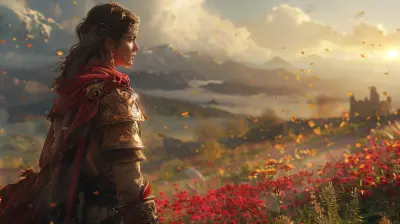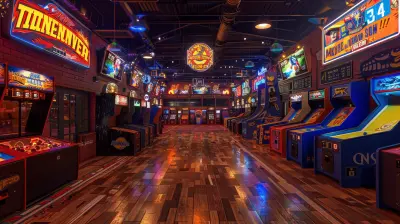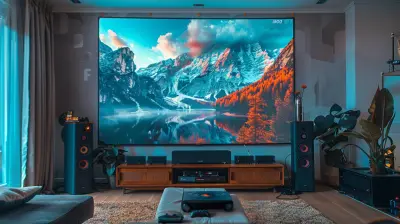The Science Behind the Perfect Open World Game Map Design
22 July 2025
Open-world games — they’re magical, aren’t they? The sheer freedom to roam wherever you please, the thrill of discovering hidden treasures, and the immersion into meticulously crafted worlds. But... have you ever stopped to wonder, what makes a game world feel just right? Why does exploring one map feel exciting, while another leaves you yawning and fast-traveling everywhere?
There’s a method to this madness, an intricate blend of art, psychology, and science. Buckle up, because today we’re diving headfirst into the fascinating world of open-world game map design. By the end of this, you might never look at your favorite game worlds the same way again!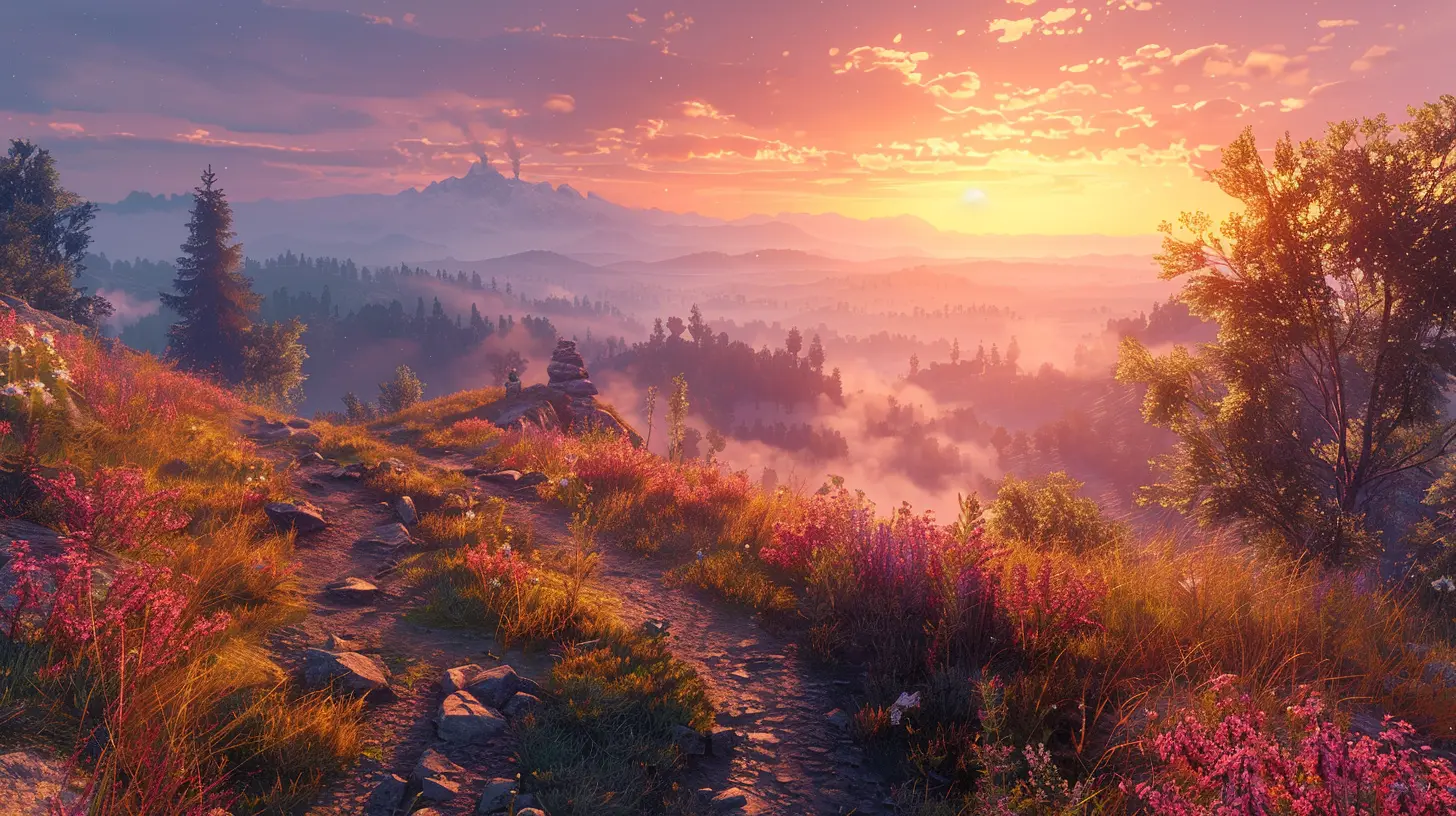
What Makes Open World Game Maps So Special?
Let’s face it: not all open-world games are created equal. Some maps pull you in with breathtaking landscapes and meaningful exploration, while others feel like endless, empty stretches of boredom. Why is that? It boils down to how well the map is designed — and believe me, there’s a science to it.At its core, a great map is like a good story: it has a beginning, middle, and end. It teases you with intrigue, sprinkles in challenges to keep things spicy, and rewards you when you least expect it. But how do developers pull this off? Well, they’ve got a few tricks up their sleeves.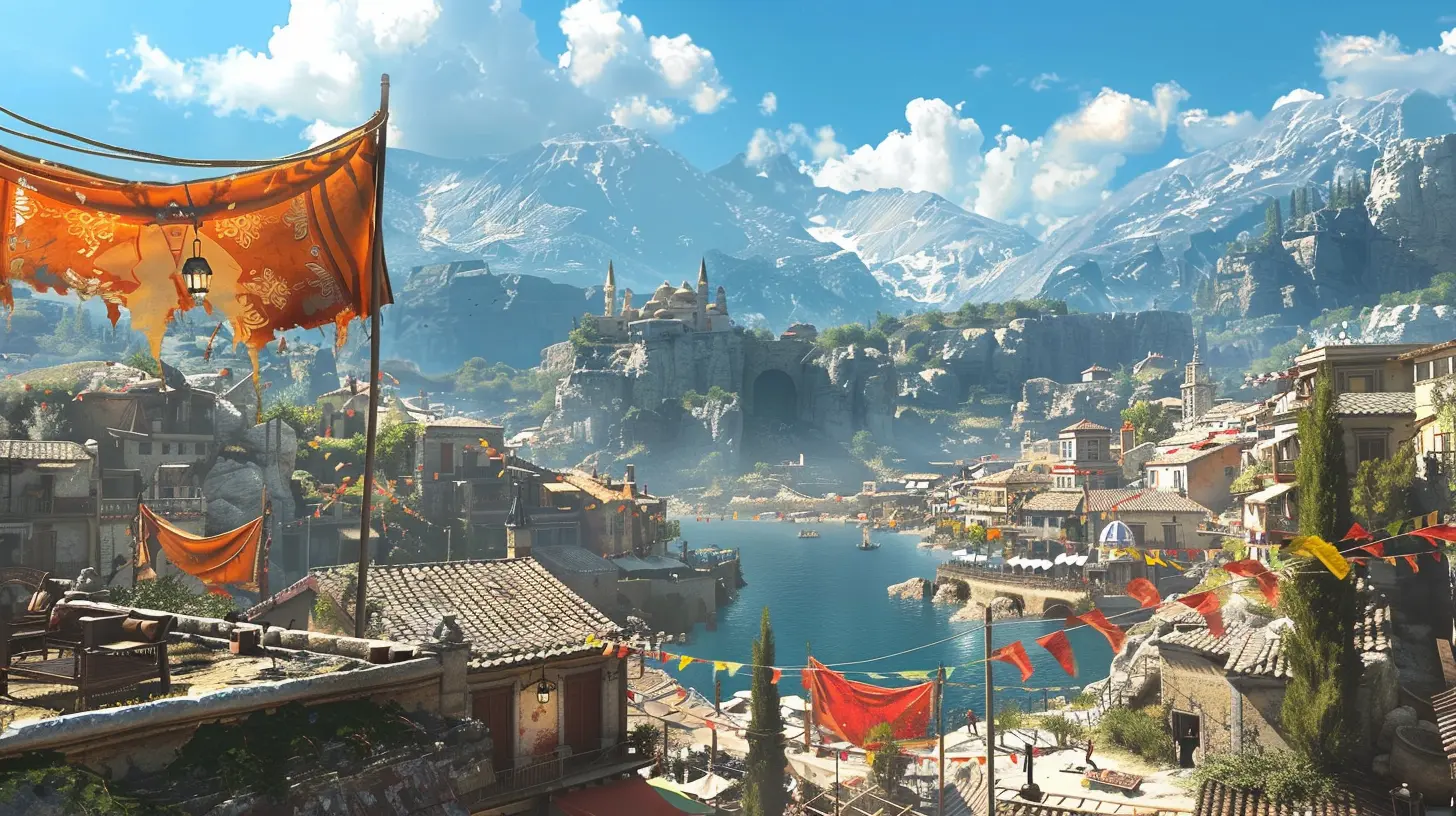
1. Spatial Awareness: Guiding the Player Without Holding Their Hand
Do you ever notice how some games seem to nudge you in the right direction without explicitly telling you where to go? That’s no accident—it’s spatial awareness at work. Designers use clever tricks like landmarks, lighting, and subtle environmental cues to guide your path.Take "The Legend of Zelda: Breath of the Wild", for example. Remember how that giant volcano in the distance kept calling your attention? That’s purposeful. Game designers call these "visual anchors." They act like a compass, gently pulling you toward areas of interest without slapping a waypoint on your screen.
And it’s not just massive mountains or glowing towers. Even small environmental details like winding roads, streams, or the placement of enemies help guide your journey. It’s like the world is whispering, “Hey, check this out!” without being pushy.
Why Does This Work?
Our brains are hardwired to follow patterns. If you spot a path, chances are you’ll want to see where it leads. Game designers know this, and they manipulate it—masterfully. The result? A map that feels natural, even as it subtly pulls the strings behind the scenes.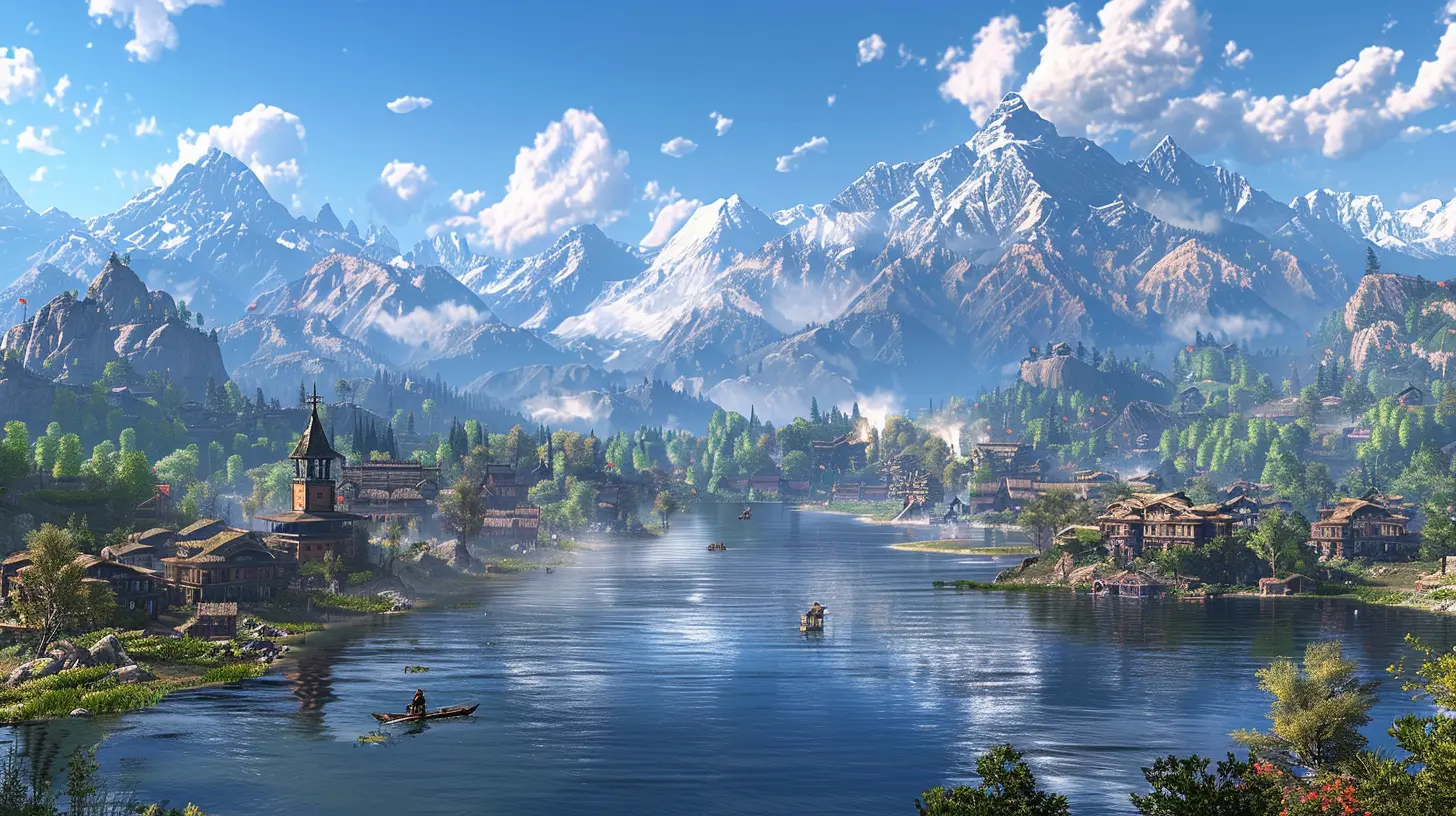
2. Significant Landmarks: The Power of Memorable Locations
Think back to your favorite open-world game. Got it? Now ask yourself: what stood out the most? Was it a towering castle, a mysterious cave, or a bustling marketplace? These "landmarks" are the bread and butter of map design.Great maps thrive on memorable locations, and here’s why: landmarks give players a sense of place. They help you orient yourself without needing to constantly check your map. If you’ve ever played "Skyrim", you know exactly what I’m talking about. The sight of the Throat of the World is unmistakable—it’s your North Star amidst the sprawling terrain.
But it’s not just about navigation. Landmarks also create emotional connections. A dilapidated temple might make you feel curious, while a serene waterfall might offer a moment of peace. These emotional beats are what transform a map from just a "playable area" into a living, breathing world.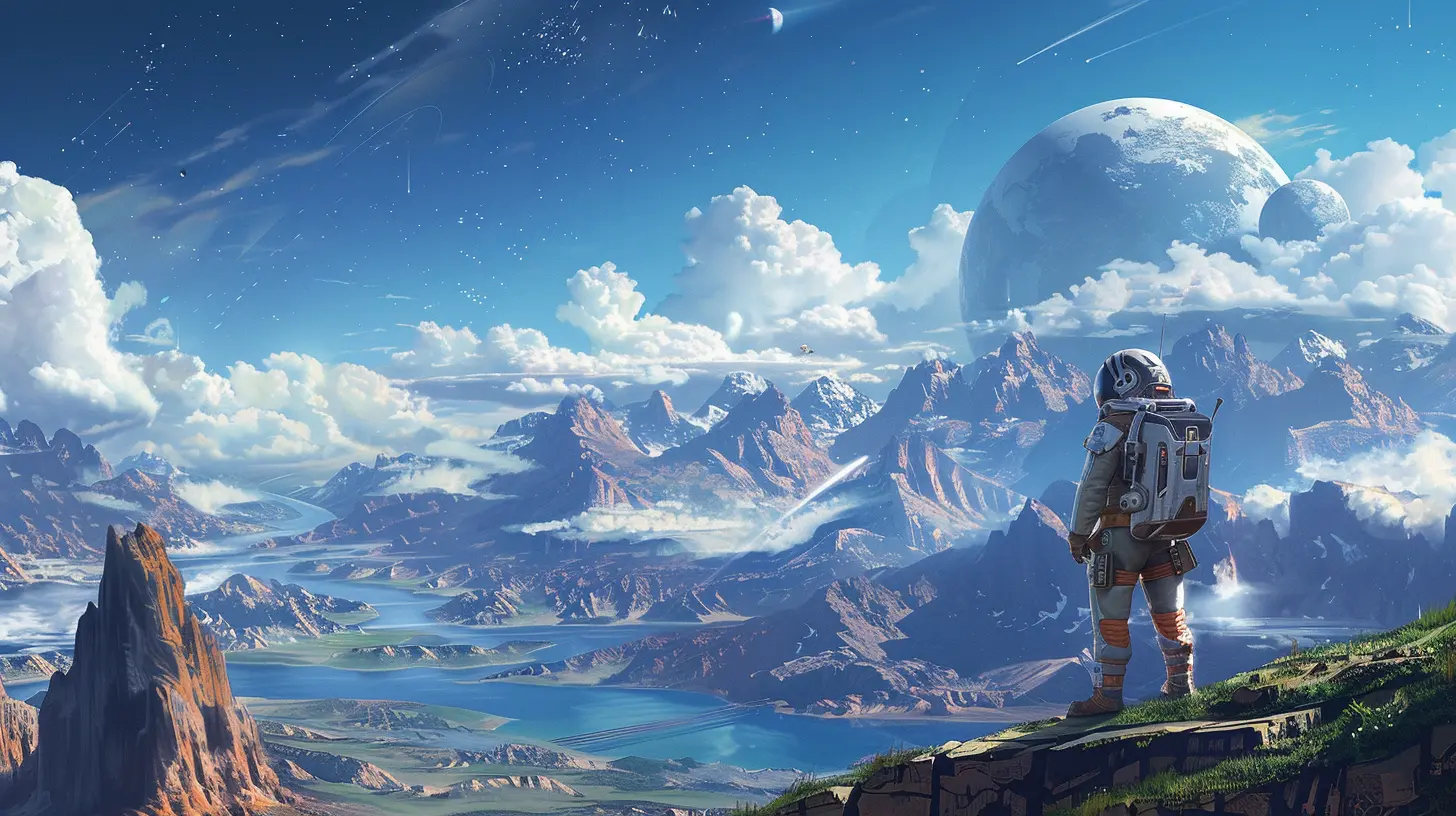
3. The Art of Pacing: Balancing Density and Empty Space
Ever find yourself overwhelmed in a game because there’s too much to do? Or bored because there’s nothing happening? That’s pacing—or more specifically, the balance between density and empty space.Open-world maps are like city planning. If you cram too much into a small area, it feels chaotic. But if everything is spread too far apart, it becomes tedious. Good map design hits that sweet spot, ensuring there’s always something interesting nearby, but not so much that it becomes suffocating.
Let’s talk about "Red Dead Redemption 2" for a minute. Rockstar nailed this balance. You’ve got lively towns, dense forests, and wide-open plains. Each area serves a purpose—some are perfect for action-packed missions, while others let you soak in the scenery. It’s like a perfectly mixed playlist: fast tracks, slow tracks, and everything in between.
4. Rewarding Exploration: Making Curiosity Pay Off
Why do we explore? Because we crave rewards! And no, I’m not just talking about loot (though, let’s be real, who doesn’t love finding a shiny new weapon?). Rewards in open-world games take many forms: lore tidbits, stunning views, quirky NPCs, or even just the satisfaction of finding something hidden.Think about "The Witcher 3". Remember stumbling upon a monster den in the middle of nowhere or finding a random conversation that spiraled into a side quest? That’s rewarding exploration in action. It makes every corner of the map feel hand-crafted rather than copy-pasted.
The trick here is unpredictability. Players don’t want to feel like they’re checking off a to-do list. Instead, they want to feel like adventurers, uncovering secrets that others might miss. That sense of discovery? That’s the dopamine hit every great open-world game strives for.
5. Player Agency: Giving Us the Freedom to Choose
At the heart of every open-world game is one core promise: freedom. You’re the boss, and the map is your playground. But here’s the kicker — too much freedom can feel paralyzing (ever been hit by decision fatigue?). On the other hand, too little freedom makes the “open world” feel like a lie.That’s where clever map design comes into play. Take "Grand Theft Auto V", for instance. Sure, you can go rob a bank, but you can also chill on the beach, race cars, or just cause chaos downtown. The map doesn’t force you into a specific path. Instead, it gives you a buffet of options and says, “Pick what you like.”
What’s the secret sauce? Layers. Maps that offer multiple layers of content—from main quests to side activities, from hidden collectibles to random events—keep players engaged without feeling boxed in.
How Science Shapes Open World Maps
Alright, so we’ve talked about the design of open-world maps, but what about the actual science behind it? Game developers rely on player psychology to craft experiences that feel intuitive and satisfying. Here are a few brainy principles at play:Cognitive Load
Humans can only process so much information at once. That’s why effective maps prioritize clarity. Developers strategically space out points of interest to avoid overwhelming the player with options, giving our brains room to breathe.Dopamine Hits
Ever notice how good it feels to complete a task, even a small one? That’s dopamine at work. Open-world games are masters at triggering these little bursts of joy, whether it’s by rewarding you for climbing a tower, completing a quest, or discovering a hidden gem.The "Goldilocks Zone"
This one’s simple: players don’t want a map that’s too big or too small—they want one that feels just right. Developers use data (like average playtime or travel habits) to fine-tune the map size, ensuring it’s big enough to explore but manageable enough to navigate.The Role of Storytelling in Map Design
Let’s not forget the narrative. A great open-world map doesn't just plop you in a sandbox and say, “Go crazy!” It intertwines with the story, making every location feel purposeful.Look at "Horizon Zero Dawn". The map isn’t just a backdrop; it’s part of the plot. Ancient ruins tell the tale of a fallen civilization, lush forests hint at nature reclaiming its domain, and enemy strongholds remind you of the danger lurking around every corner. The world itself speaks.
Conclusion: Designing a Perfect Open World Map is an Art and a Science
Creating a perfect open-world map isn’t just about slapping together mountains, rivers, and cities. It’s about crafting an experience that feels alive, purposeful, and deeply engaging. From guiding players with visual anchors to balancing density with empty space, from triggering dopamine hits to weaving meaningful storylines, every element serves a purpose.Think about your favorite open-world game. Now, imagine the hours of thought, planning, and testing that went into every corner of that map. Kind of mind-blowing, isn’t it?
So the next time you’re roaming across a pixel-perfect landscape, take a moment to appreciate the genius behind it. Because behind every great open-world map is a team of designers, developers, and storytellers who’ve painstakingly pieced it together—one landmark, quest, and hidden treasure at a time.
all images in this post were generated using AI tools
Category:
Open World GamesAuthor:

Leif Coleman
Discussion
rate this article
1 comments
Fennec Adkins
What a fascinating read! It's amazing how science influences game map design. Understanding the balance of exploration, challenge, and immersion truly enhances our gaming experiences. Can't wait to see more innovative worlds!
August 2, 2025 at 4:46 AM

Leif Coleman
Thank you for your kind words! I'm glad you found the connection between science and game design intriguing. Exciting worlds await!
